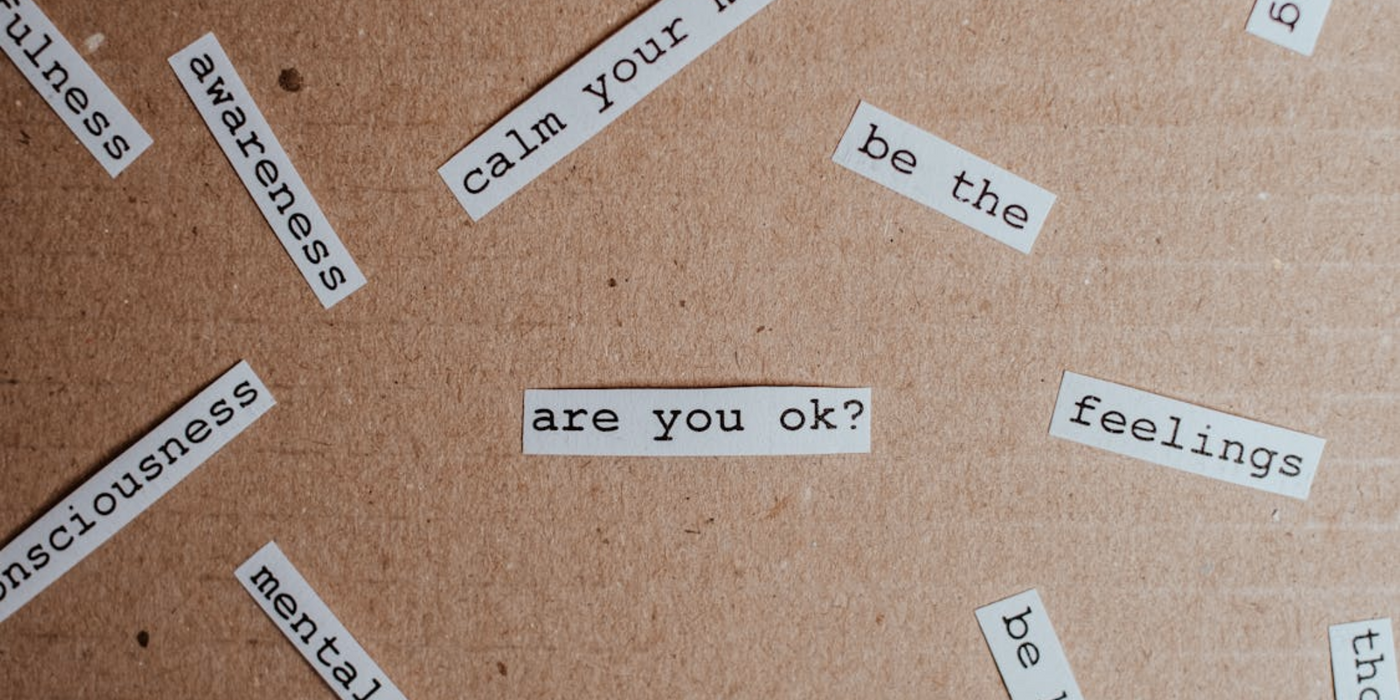Emotional Check-insYou don’t have to have the “right” words—just real ones. Naming what you feel gives your nervous system a signal: I see you. And that matters. Emotional check-ins aren’t about fixing how you feel. They’re about making space to notice it. And that noticing? That’s where the healing begins.
“It’s not a diagnosis. It’s a doorway.”
You don’t have to fix what you feel. Just start by meeting it. The Psychology Behind ItIn psychological research, this is called affect labeling. Studies from UCLA show that naming an emotion actually reduces amygdala activity (your fear center) and activates the prefrontal cortex (your regulation center). You’re not just talking—you’re soothing your system. Curiosity is the antidote to shame. When we get curious about what we’re feeling, we stop seeing emotions as problems—and start treating them as signals. Why Emotional Curiosity MattersEmotions don’t ask to be solved—they ask to be seen. When you pause and check in with your emotional world, you interrupt automatic patterns, deepen self-awareness, and build emotional resilience. If you're unsure what you feel, try browsing this Feelings Wheel ↗. It’s a visual guide to help you move beyond “fine” and name what’s really going on. Watch this 2-minute explainer on Understanding Your Emotions ↗ — a gentle guide to how your emotional brain works, and why naming feelings helps you heal. Journal Prompts for Emotional Check-ins
Try This TodayYou don’t need a journal or an hour. Just a few moments of soft honesty:
You don’t have to get it right. You just have to get honest.
Let your journal hold space for what you’re still learning to name. |







